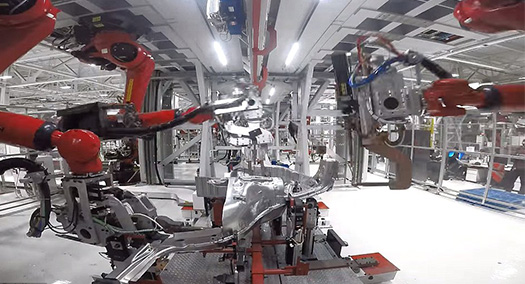
A human-free production floor at a U.S. auto factory
Body
Before my bosses get wind of the artificial intelligence (AI) platform Quill (“perfectly written, meaningful narratives indistinguishable from a human-written one”) and decide its 18-month ROI would be a great exchange for my pay and complaining, I’d like to present this human-centric survey of where things stand with AI and manufacturing. Call me old-fashioned, but I don’t consider it a “narrative.”
|
ADVERTISEMENT |
…
Want to continue?
Log in or create a FREE account.
By logging in you agree to receive communication from Quality Digest.
Privacy Policy.
Comments
Mixed feelings
It’s amazing and terrifying at the same time. You look at the advancement and you are impressed, then the dominos start toppling. Let’s look at the self driving cars. If my car can get me from A to B and the steering wheel is a thing of the past…..why do I need a driver’s license? I’m not doing the driving so I am not going to pay for a piece of plastic with my photo on it! So now the only purpose to go to the DMV is for license plates and registration? This can be done in the mail, with 3D printers maybe you can soon go to a website and print the plates? Sounds awesome no more DMV!!! That’s a lot of jobs, your brain is thinking about the DMV. Why should a taxi cab service pay for a driver when the car is the employee? No more bus drivers, no more cab drivers, minimal if nonexistent DMV. If I were to take more time it could expand even more. It’s a slight comfort to see some people in the field are promoting caution, but I feel it will be just as effective as telling my children “No running in the house.”
I will wrap this up with something that has stuck with me all these years. I grew up on what was a dairy farm many years before. What does this have to do with AI? I’m getting to it, in what remained of the milking control room where the milk was bottled. A dirty worn sign was placed above the many dusty controls and rusty breaker boxes that stated “Remember, you can always be replaced by a button.”
I always wondered if those button builders understood what they truly create.
Add new comment